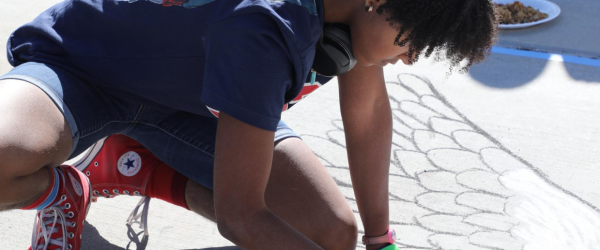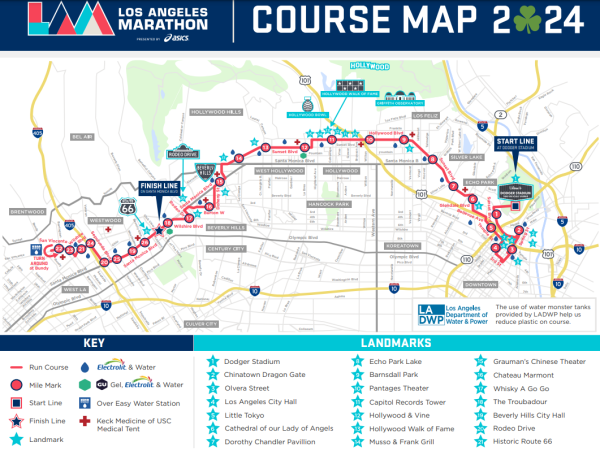Ouch!

https://www.google.com/search?hl=en&site=imghp&tbm=isch&source=hp&biw=1600&bih=799&q=ouch&oq=ouch&gs_l=img.3..0l10.593.1148.0.1665.4.4.0.0.0.0.285.571.0j2j1.3.0.msedr...0...1ac.1.61.img..1.3.567.gkFh0R_RiVw#imgdii=_&imgrc=X5P6gWi4rkFi6M%253A%3Bemc64spHNKq_aM%3Bhttp%253A%252F%252Fhorsesmouth.typepad.com%252Fhm%252FOuch500.jpg%3Bhttp%253A%252F%252Fguff.com%252Fouch-these-injuries-have-got-to-hurt%252F%3B500%3B335
Try it! Let out a scream!
March 2, 2015
Are you in splitting pain? Yell “ow,” go ahead and scream your profanities. We won’t blame you.
The pain process itself acts as a warning system vital to human survival; making people aware of whether their surroundings are too cold, too hot, or if they have an injury that needs to be attended to. Pain receptors are free nerve endings located in the skin which deliver messages to the thalamus (a part of the brain that relays sensory and motor messages to the rest of the brain) via two pathways: The fast pathway and the slow pathway. The fast pathway recognizes “localized pain” , such as a cut, delivers the message within a second. Whereas the slow pathway is responsible for temperature messages and long-lasting pain, like aches and burns—the slow pathway delivers its message within two seconds of the injury.
But why does the pain process also evoke a verbal response?
New research from the National University of Singapore suggests that vocalizing one’s pain interferes with the pain signals traveling to the brain–distracting from the uncomfortable sensation. The researchers hypothesize that the effect may occur largely through motor processes. The muscle movements required to cry out loud (or to push a button) may disrupt pain messages as they travel from the area affected to the brain.
The researchers gathered 56 test participants and had each person submerge his or her hand into painfully cold water four separate times. In each case, participants were asked either to say “ow,” listen to a recording of a person saying “ow,” press a button or to remain silent.
In cases where participants said “ow” and pressed the button, there were positive effects on pain tolerance; all able to withstand the pain for an average of 30 seconds, compared to an average of 23 seconds among the participants who did neither. Julia Chabot (12) agrees with this study as she states, mid-laugh, “Yeah, I always feel better after screaming.” Contrarily, sitting passively, did not improve pain tolerance. Nor did hearing a recording of someone saying “ow.”
The findings from this study show a strong and positive correlation between vocal utterance and coping with pain. So don’t worry about it, the study shows that the silly, or bad, language could be good for you. Shout it from the roof tops.




















